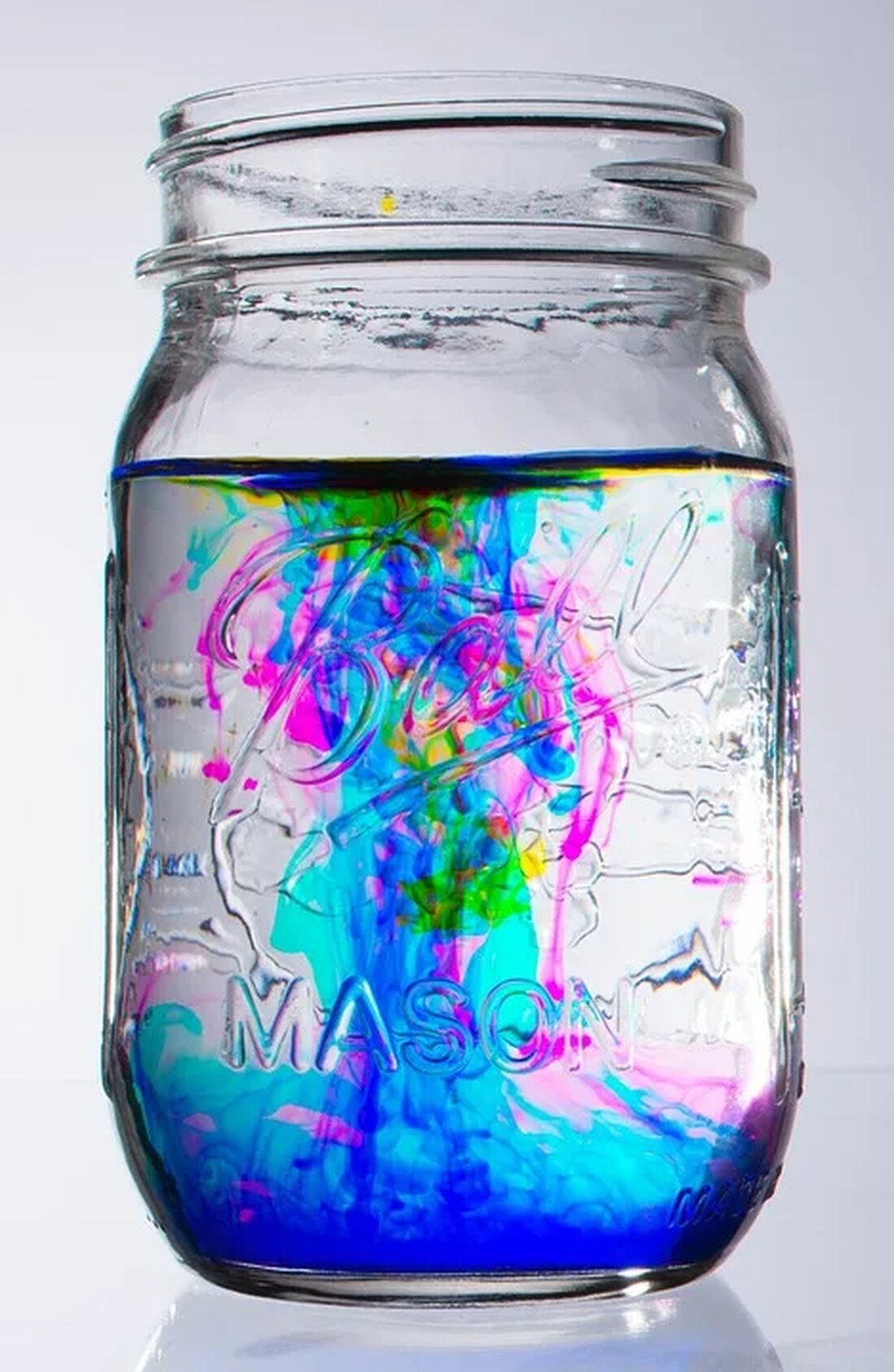The influence of food coloring
The influence of food coloring The use of food coloring has increased significantly in recent decades. There is hardly any food that is not treated with coloring to make it more attractive and appealing. But what effects do these dyes have on our health? In this article we take a closer look at the influence of food coloring. What are food colors? Food colors are additives used to color food. They are offered in different forms such as powder, liquid or pastes. There is a wide variety of food coloring options, including synthetic colors, natural colors, and colors derived from plant extracts. Synthetic dyes...

The influence of food coloring
The influence of food coloring
The use of food coloring has increased significantly in recent decades. There is hardly any food that is not treated with coloring to make it more attractive and appealing. But what effects do these dyes have on our health? In this article we take a closer look at the influence of food coloring.
What are food colors?
Food colors are additives used to color food. They are offered in different forms such as powder, liquid or pastes. There is a wide variety of food coloring options, including synthetic colors, natural colors, and colors derived from plant extracts.
Synthetic dyes are made in laboratories and have the advantage of being able to provide a wide range of colors. Natural dyes are obtained from natural sources such as plants and animals. Plant extracts such as turmeric and beetroot are often used to make natural food colors.
How are food colors used?
Food coloring is used for various reasons. The main purpose is to improve the visual appeal of food. A good-looking food is more likely to appeal to the consumer and increases the likelihood that they will buy and eat it.
In addition, food coloring can also be used to improve the taste and texture of food. For example, adding yellow color to a lemon cake can enhance the lemon flavor and give the cake an appetizing look.
Another reason for using food coloring is the standardization of food. By using dyes, manufacturers can ensure that their products always have the same color and therefore meet consumer expectations.
Food Coloring Safety Concerns
Food coloring is controversial, and there are concerns about its safety and possible negative health effects. Some synthetic dyes have been linked to various health problems, including hyperactivity in children, allergies, asthma and even cancer.
In the European Union, food colors must be approved before use. The use of some synthetic dyes such as Tartrazine and Allura Red AC is heavily regulated or even banned. These dyes can cause allergic reactions and have an increased risk of side effects.
Natural dyes are generally considered safer because they come from natural sources. However, they can also cause allergic reactions and should therefore be avoided by people with a known allergy to certain foods.
It is important to note that the safety of food dyes depends on many factors, such as the type of dye, the amount in which it is used, and individual sensitivity to certain substances. However, there is evidence that excessive consumption of food coloring can have negative health effects.
Possible health effects of food coloring
Hyperactivity in children is one of the most common health effects associated with food coloring. Various studies have shown a link between consumption of food coloring and an increased risk of hyperactive behavior in children. However, the exact extent of this influence is controversial.
In addition, food coloring can cause allergic reactions such as rashes, itching, or difficulty breathing. This particularly affects people who already suffer from allergies.
Some studies also suggest that food dyes may worsen asthma. Asthmatics should therefore be particularly careful and pay attention to eating foods with a high coloring content.
How to reduce the influence of food coloring
If you want to minimize the potential risks of food coloring, there are some steps you can take.
First of all, you can avoid foods with artificial colors and instead use foods from natural sources. This means favoring fresh foods and avoiding processed foods, which are often rich in food colors.
It is also worth reading the labels of packaged foods carefully. Possible dyes should be listed here. If the list is too long or unclear, it could be a sign that the product contains too many additional colors.
Finally, you can also produce your own food and drinks. This way you have full control over the ingredients and can ensure that there are no unnecessary colors included.
Conclusion
Food coloring plays a huge role in the visual appeal of food. They can improve the taste, texture and overall quality of food. However, there are concerns about their safety and possible negative health effects.
It is important to consciously control the use of food coloring. Avoiding artificial colors, reading labels and making your own food can be helpful measures. People with known allergies or sensitivity to certain substances should be particularly careful.
Research on the effects of food coloring on health is ongoing, and more studies are needed to get a more accurate picture. Until then, it is advisable to consume food colors with caution and maintain a balanced and varied diet.
You can find out more about natural and healthy nutrition in our guide magazine Your-Heilpraktiker.com

 Suche
Suche
 Mein Konto
Mein Konto
